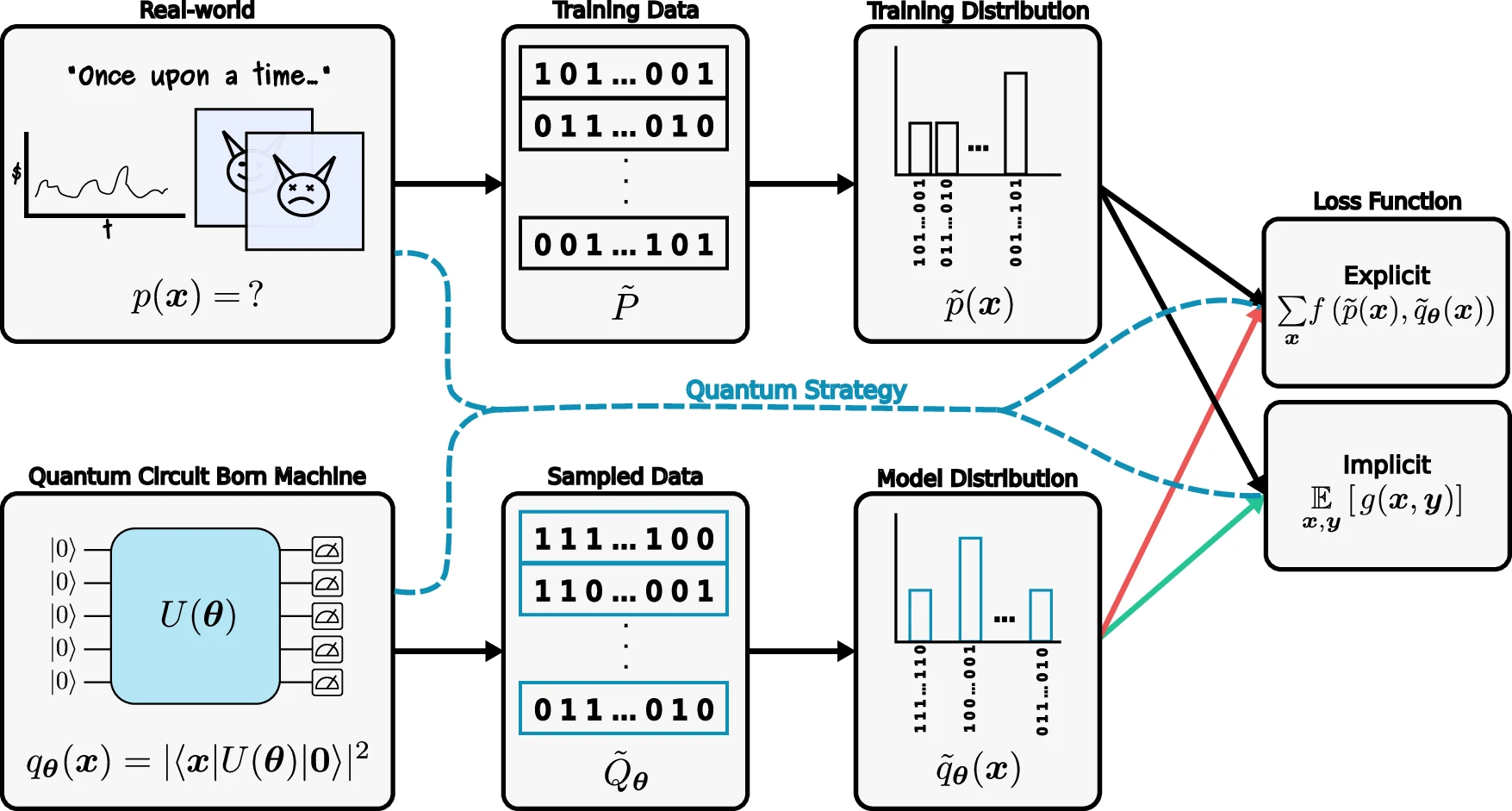Quantum magnetometers achieve ultra-high sensitivity by leveraging quantum properties of particles – specifically discreteness and coherence including entanglement. These devices, which include superconducting quantum interference devices and atomic magnetometers, are now widely used in fundamental physics, non-invasive medical diagnostics, and remote sensing applications. The most sensitive quantum magnetometers can detect magnetic fields at the femtotesla level, roughly one billionth of Earth’s geomagnetic field.
Two central questions emerge in quantum magnetometry: What fundamental limits exist for magnetometer sensitivity, and what truly makes a magnetometer “quantum”?
The sensitivity of quantum magnetometers—defined as the smallest detectable variation in a magnetic field over a given time period—is constrained by both technical and quantum noise. In ideal scenarios where technical noise is suppressed, quantum noise dominates, providing a way to evaluate the “quantumness” of these devices.
Three main approaches exist for evaluating sensitivity limits:
- Quantum noise analysis through spin projection noise (SPN) and photon shot noise (PSN), which apply to uncorrelated particle systems and yield the standard quantum limit (SQL).
- Quantum parameter estimation (QPE), which provides a more general framework using quantum Fisher information to derive the quantum Cramér-Rao bound (QCRB). This approach can account for particle correlations and potentially reach the Heisenberg limit when using entangled states.
- Energy resolution limit (ERL), which unifies sensitivity limits into a compact formula relating magnetic field energy within a volume and measurement duration. While experimentally validated, a universally accepted derivation is still lacking.
These evaluation methods are interconnected and fundamentally constrained by the uncertainty principle, statistical estimation theory, and thermodynamics of information. While QPE offers broader applicability than direct SPN/PSN analysis, the protocol-independent ERL may best capture the essence of sensing limits.
Achieving these theoretical limits serves as a criterion for determining whether a magnetometer truly operates at the quantum level. Understanding the relationships between these methods is essential for optimizing performance and evaluating quantum characteristics.
Reference: “Sensitivity of Quantum Magnetic Sensing” by Liwei Lei, Teng Wu and Hong Guo, 4 April 2025, National Science Review. DOI: 10.1093/nsr/nwaf129



